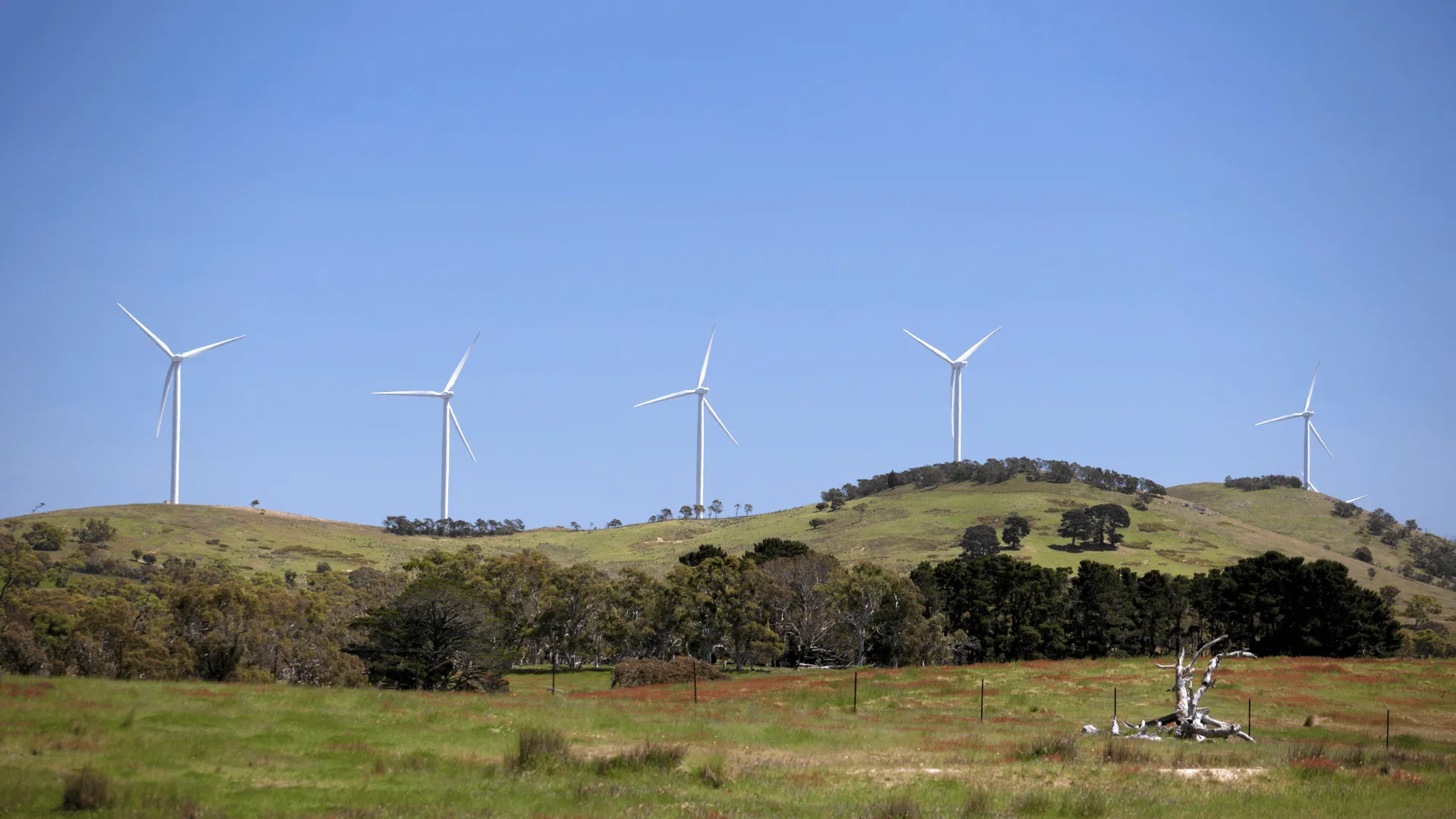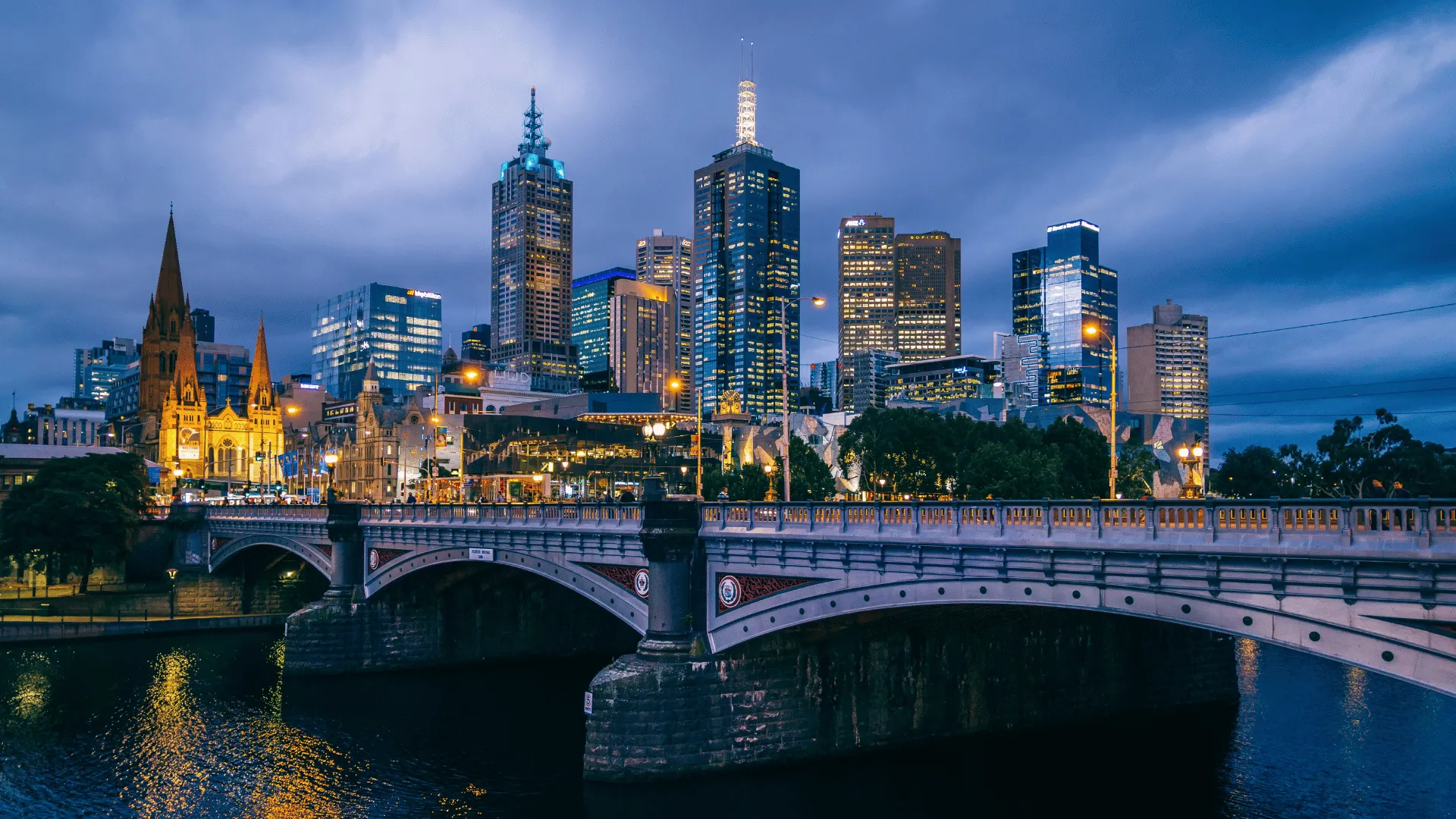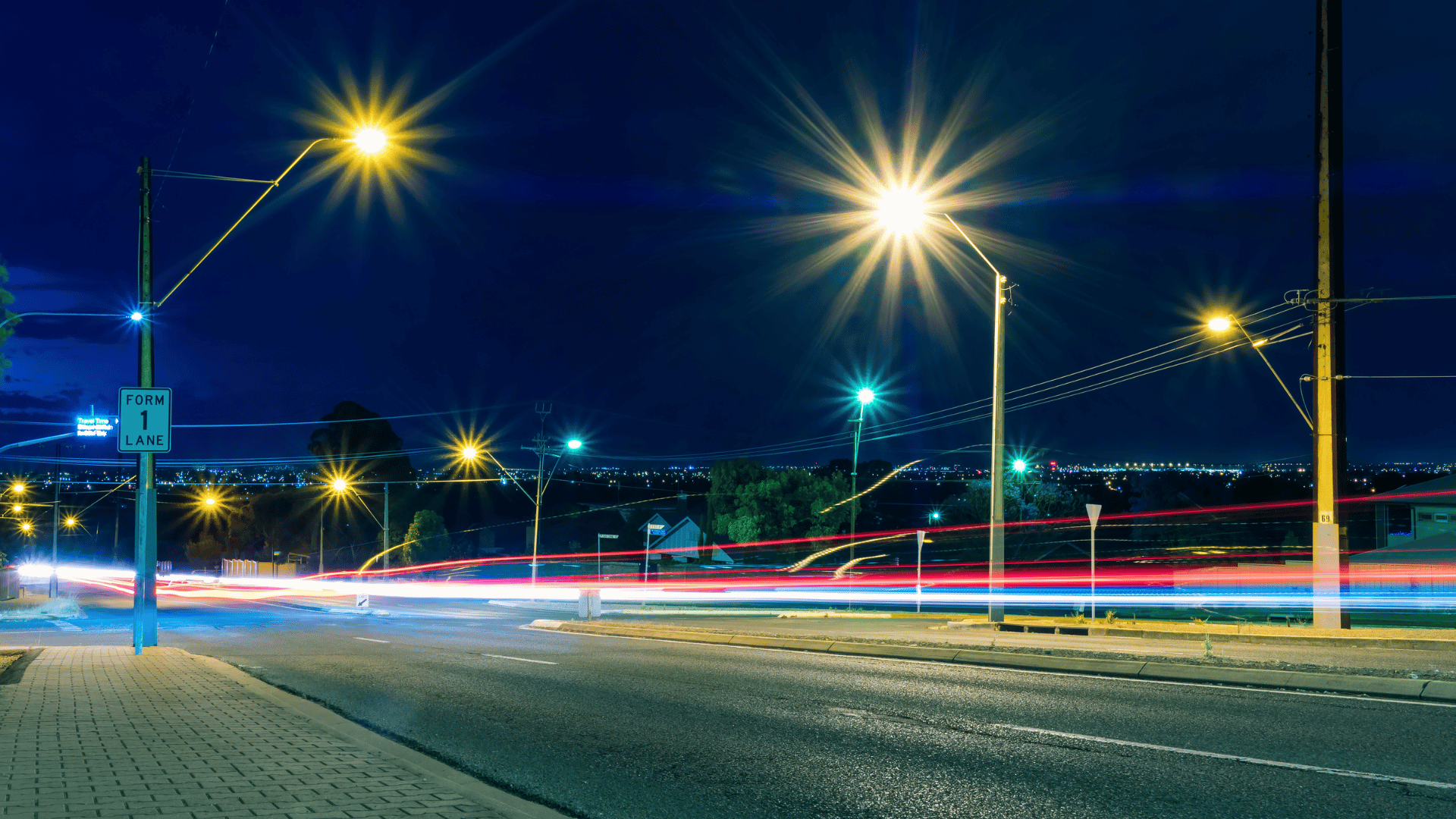The English love their football (soccer) and no more so than Baddiel and Skinner who sang “It’s coming home” for the 1996 Euro’s. But with another wind project either being delayed or scrapped is it really time to consider if the Chief Operating Officer of AGL, Markus Brokhof is right “The manufacturing industry has to come back to Australia.”
The latest announcement from CleanCo last week which stated the company is pulling the pin in their investment in the Karara Wind Farm in the Southern Downs in Queensland, citing delays, not in connections or transmission but in turbine parts and rising costs, only acts to further strengthen Brokhof’s argument. This investment was part of the wider MacIntyre precinct and would or may still be, the largest wind precinct in Australia. However, this could be a blow to Queensland’s target of owning 50% of new renewable generation within the state.
This is just the latest in a string of windfarms to hit delays, the Clarke Creek wind farm has been hit with numerous delays between change in ownership from Goldwind to Andrew Forest’s Squadron energy, through to shutdowns for worker safety as well as project management changes causing equipment to be removed from site. With the offtake from the first stage of the project mostly going to another Government Owned Corporation, Stanwell could this be a further blow to the state’s advanced renewable targets, 80 per cent by 2035, and the existing 50% by 2030.
Another one of Andrew Forests wide array of companies is Windlab, whose own windfarm the Upper Burdekin project has not only lost its inaugural customer Apple, but has had to significantly downsize the output of the site from the proposed 193 Wind turbines to a reduced 136 and is now likely to only have 80 following significant opposition from wildlife conservationists who stated that the project was threatening already endangered species.
To further stoke the flames, AEMO has now come into the forefront of media, stating that not only do we not have enough investment in renewable electricity to compensate for the expected closure dates of coal generation, but the firming technology to support this renewable grid has not been fully funded or addressed, this year’s ESOO will certainly paint a bleak picture for the medium term in Australia. This sentiment is only exacerbated by the Australian former chief scientist and first Victoria State Electricity Commission CEO, Andrew Finkel, who last week quit his role at the SEC stating; not only was the capital investment not in place but investment has dried up and the “country is unlikely to reach its emission reduction targets.” I’m sure not a sentiment which was welcome news for the Andrew’s government whose election campaign was built on the premise the SEC would be both decarbonising the Victorian grid whilst reducing the cost for Victorians.
With the COP 28 due in November and Australia looking like it will miss it’s, late to the party but thanks for coming, 2030 targets, increasing international pressure will be placed upon Australia to ask how we will try and achieve some meaningful reductions? Rik De Buyserie, Engie Australia’s CEO implied to even get close to the 2030 climate targets Australia would need 10,000km of new transmission, 44GW of new renewables and 15GW of firming capacity. With components scarce, increasing costs and logistical issues of port slots to physically ship the parts to Australia, maybe it is time to turn our attention inwards and start upskilling and creating our own industry to de-carbonise ourselves?






